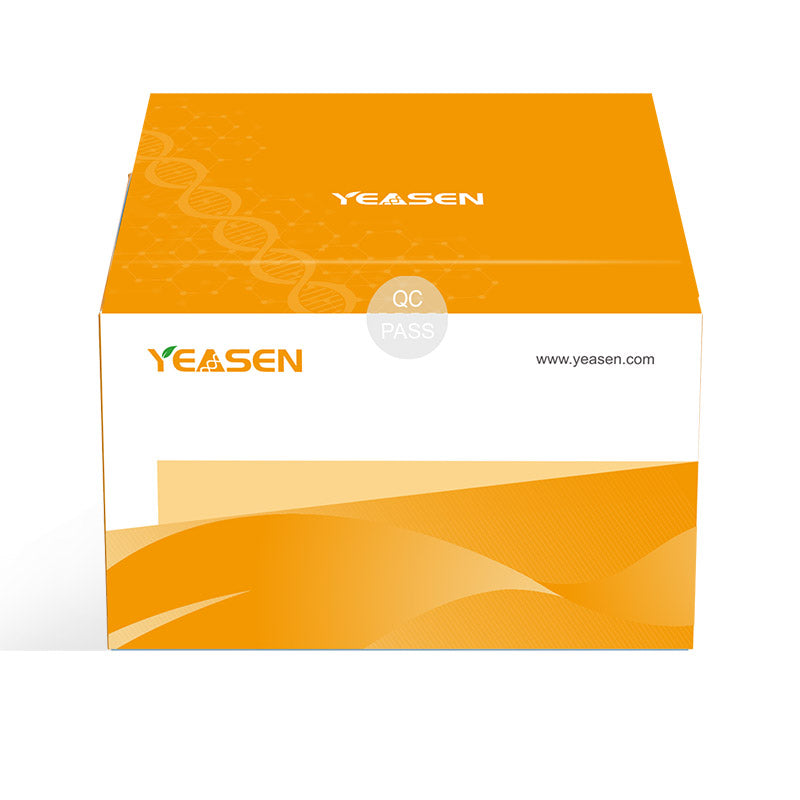Descripción
Noggin is a secreted homodimeric glycoprotein. Secreted Noggin is affixed to the cell surface due to binding to heparin-containing proteoglycans and is an antagonist of bone morphogenetic proteins (BMPs). Noggin is very conserved in vertebrates, so mature human Noggin has high homology to mouse, rat, bovine, equine, and chicken species.Noggin is involved in common regulatory signaling pathways such as the Wnt signaling pathway, the BMP signaling pathway, and the Shh signaling pathway, etc. The Noggin gene has a feedback inhibitory mechanism for the BMP signaling pathway and a feedback activating mechanism for the Wnt signaling pathway. The inhibitor Noggin in the BMP signaling pathway mediates the inhibition of BMP expression to cause Shh signaling.
Noggin is a secreted protein that binds to ligands of the TGF-α family and regulates their activity by inhibiting their access to signaling receptors.Noggin was initially identified as a BMP-4 antagonist and plays an important role in the proper formation of the head and other dorsal structures. As such, Noggin has a high affinity for certain BMPs such as BMP-4 and a lower affinity for BMP-7, in addition to a high correlation with BMP-2, BMP-13 and BMP-14. During skeletal development, Noggin prevents chondrocyte proliferation, which in turn regulates normal joint formation.Noggin is used in the adult central nervous system and peripheral tissues (e.g., lungs) when human embryonic stem cells (hESCs) or neural stem cells are cultured under certain conditions.Addition of Noggin to antagonize BMP activity results in the proliferation of the stem cells, while keeping them in an undifferentiated state, or differentiating them into dopaminergic neurons.
Noggin is one of the most classical growth factors in organoid culture, and its high activity, batch-to-batch stability and absence of contamination are the keys to the success of organoid experiments. This recombinant human Noggin is supplied in liquid form with high activity, no animal-derived components and low endotoxin.
Specification
|
Synonyms |
NOG, SYM1, symphalangism 1 (proximal), synostoses (multiple) syndrome 1, SYNS1 |
|
Source |
HEK293 |
|
Sequence |
Gln28-Cys232 |
|
Accession |
Q13253 |
|
Molecular Weight |
Predicted Moleucular weight: 23.1 kDa(Monomer) |
|
Endotoxin |
< 0.01 EU/μg by the LAL method. |
|
Purity |
> 95%,determined by SDS-PAGE |
|
Biological Activity |
Measured by its ability to inhibit BMP4-induced alkaline phosphatase production by MC3T3E1 mouse preosteoblast cells. The EC50 for this effect is 5-40 ng/mL. |
|
Formulation |
Dissolved in sterile PBS buffer. |
|
Tag |
Not |
|
Physical Appearance |
Fluids |
Storage
-85~-65℃ storage, valid for 1 year after receipt.
Avoid repeated freezing and thawing, centrifuge before opening the vial. It is recommended to aliquot for one experimental use, after aliquoting, freeze at -80℃.
Cautions
1. For your safety and health, please wear lab coat and disposable gloves.
2. This product is for scientific research purposes only.
Pago y seguridad
Su información de pago se procesa de forma segura. No almacenamos detalles de la tarjeta de crédito ni tenemos acceso a la información de su tarjeta de crédito.
Consulta
También te puede gustar
Preguntas frecuentes
El producto es solo para fines de investigación y no está destinado a uso terapéutico o diagnóstico en humanos o animales. Los productos y el contenido están protegidos por patentes, marcas comerciales y derechos de autor propiedad de Yeasen Biotechnology. Los símbolos de marca comercial indican el país de origen, no necesariamente el registro en todas las regiones.
Algunas aplicaciones pueden requerir derechos de propiedad intelectual adicionales de terceros.
Yeasen se dedica a la ciencia ética y cree que nuestra investigación debe abordar cuestiones críticas al tiempo que garantiza la seguridad y los estándares éticos.

